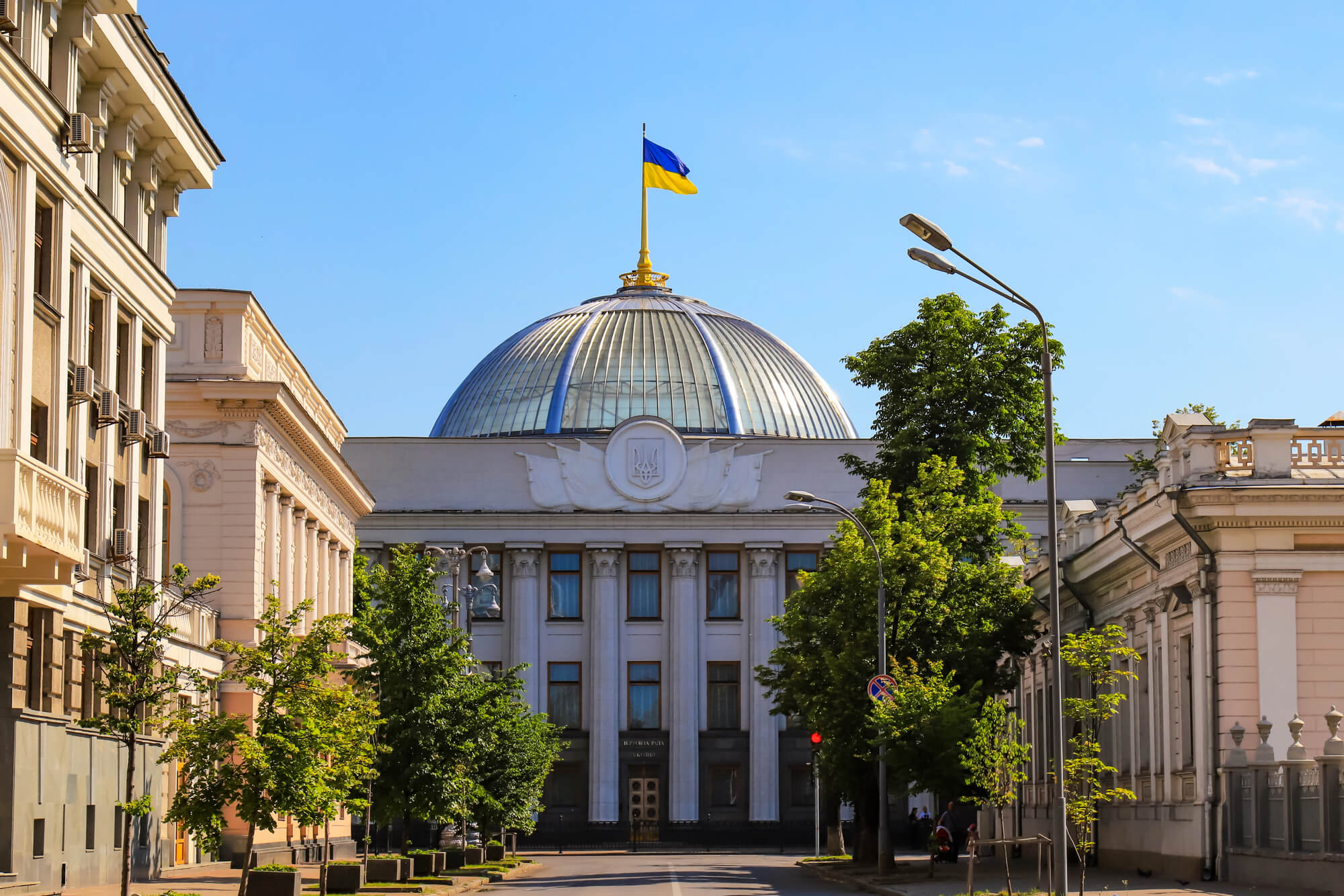On August 4, 2017 a Ukrainian court authorized a police department (not SBU!) in Kyiv, Ukraine to access electronic equipment and documents that has allegedly been used for bitcoin mining. [1] This incident has attracted substantive media attention in Ukraine and has become known as the case of bitcoin mining at the Paton Institute. This article explains bitcoin mining in simple non-technical terms. It does not discuss the facts that occurred at the location of mining, their legality, or the regulation of bitcoin and other cryptocurrencies in Ukraine.
In short,
- bitcoin mining is a computation process. It attempts to solve a difficult mathematical problem. Those who solve these problems are rewarded with bitcoins. Bitcoin is a chain of (electronic) signatures. Bitcoin has an owner and her (electronic) identity is recorded in the chain. Each owner transfers bitcoin to the next one by (electronically) signing it over (that is, the owner puts information about the next owner at the end of the chain and signs it; this is similar to the process of signing a check over in the US).
- According to available official documents, SBU has nothing to do with the recent case of bitcoin mining at a scientific institute in Kyiv, Ukraine. Instead, it is a police department that request a court authorization to access premises where bitcoins are mined.
In more detail,
What is Bitcoin Mining?
Bitcoin Mining is a computation. This computation is done using computers. It involves trying to find a solution to a complex mathematical problem. Those who solve the problem receive as reward a certain number of bitcoins.
Why does the bitcoin system asks participants to solve difficult mathematical problems?
This is actually a wasteful activity that serves to make it more difficult to create and verify certain records in the system. It is a sort of anti-spam system. A similar idea (actually the same concept, called “proof of work”) is sometimes used to protect servers from DDoS attacks. In simple terms, in order to make a record in the bitcoin system the user has to prove that it is “real”. Real here means that the user has a substantive computing power and can solve complex problems.
What is the function of the records done by the “real” user in the process of bitcoin mining?
There is a constant inflow of new transactions reported to the bitcoin system (blockchain). In order to prevent fraud, transactions are encrypted and recorded in groups called blocks. These blocks are then shared by the entire system.
Here comes the interesting and difficult part that ensures that transactions are difficult to fraudulently manipulate. This is the essence of the technology that is behind bitcoin. It is called blockchain and can be used in other applications that require keeping track of transactions. The key difference with other technologies used in the modern world to record transactions is that there is no central authority that has a right to keep and verify the records. Here, everyone in the system keeps records of all transactions. So, what guarantees that the records are not changed in the future to commit fraud? In the standard (centralized) system there are legal and law enforcement frameworks to ensure that the central authority follows the rules. The society prosecute cases when the rules are violated. This creates trust in the system. If the system is trusted, people are willing to use it.
In the bitcoin system, there is no central authority and there is no law enforcement that will ensure that the blocks of transactions shared by the entire system are not manipulated. So, how does it work then? When a new block is recorded it includes a trace of the previous block, called hash. One the ways to think about it is through a loose analogy with DNA. The first block is a parent. The second is a child. The child will have a lot of new information in its body (instead of mutations and DNA from another parent, there will be information about the new transactions that came into the system after the parent was born). Nonetheless, there will be a trace of the parent’s DNA (hash). When a new block is recorded (a grandchild is born) it will contain a trace of DNA of both its parent and its grandparent. It is easy to verify whether the DNA (hash) is coming from the parent, grandparent, etc., or not. So, if someone wants to change the record of the transactions in the future, it would have to modify all blocks that were created since the time of the transactions or create a lot of alternative blocks and share them with the system to confuse it. This is why creating new blocks is made difficult. Otherwise, if one can create a gazillion of blocks within a millisecond, it would be easy to commit fraud. So, in the bitcoin system solving a complex problem is a necessary condition for a creation of a block. Creation of a block is rewarded by bitcoins. As a result, users invest into bitcoin mining – creating verified (with DNA) records of transactions.
Once again, why do we need blocks? Why cannot we simply share all transactions with everyone at the moment they are created? The problem with this approach is that the fraudster can later share a fraudulent transaction with the entire system and make it difficult for the system to decide which transaction was shared first (unless of course everyone will log everything and we assume that the logs cannot be corrupted). The blocks resolve this problem on a technical level. If a block was created earlier and has a DNA of a transaction, then obviously that transaction existed at the time of the block creation. So, the blocks then serve as the proof of time of the transaction and allow to identify in case of a dispute which transaction existed earlier. This system is still subject to abuse, but the cost of such abuse is high. This is a topic for another post.
To conclude
SBU is not involved. Bitcoin mining means solving math problems that are rewarded by bitcoins. Bitcoin is a sort of a check that can be signed over infinitely (almost) many times. Solving math problems is required to make fraud more difficult.
Notes:
[1] According to some media reports and some industry insiders, the cryptocurrency that was mined at the location accessed by police is different from bitcoin. Nonetheless, the official court documents do not mention any additional cryptocurrencies. Consequently, this article focuses on bitcoin.
Main photo: depositphotos.com / timbrk
Attention
The author doesn`t work for, consult to, own shares in or receive funding from any company or organization that would benefit from this article, and have no relevant affiliations



